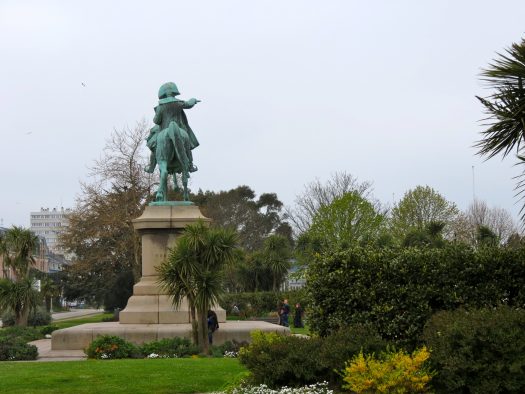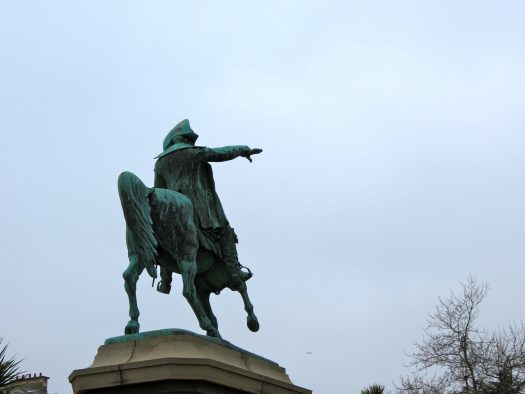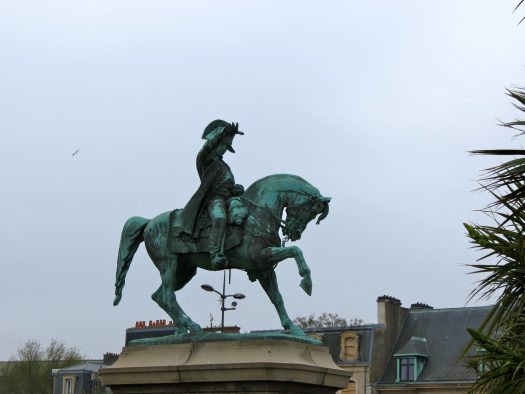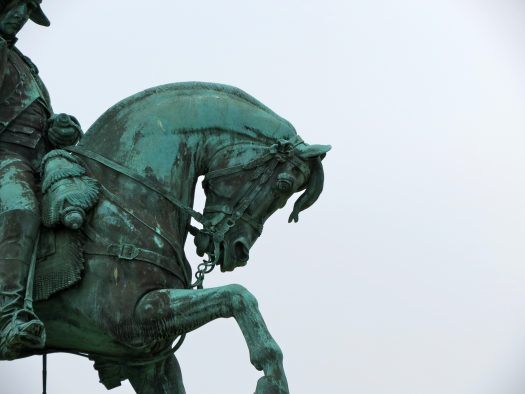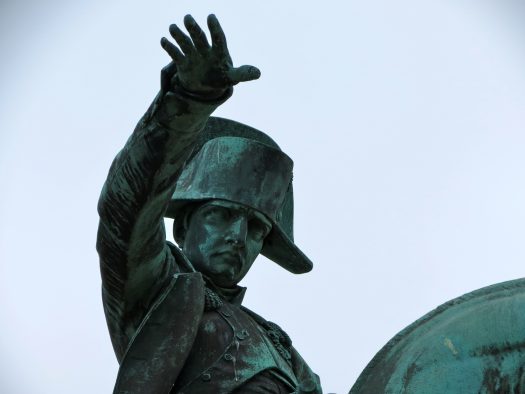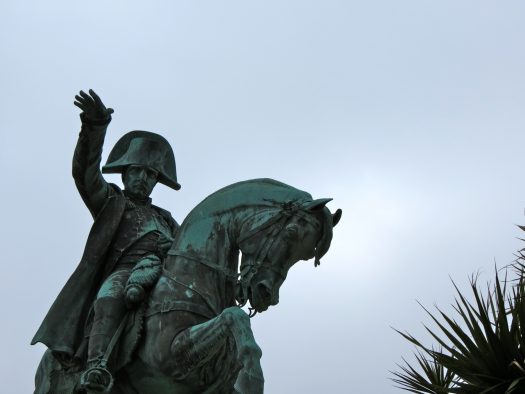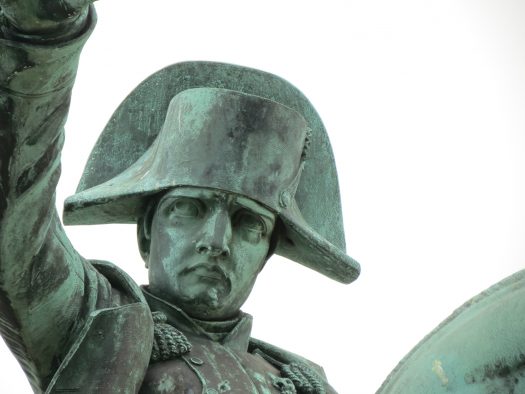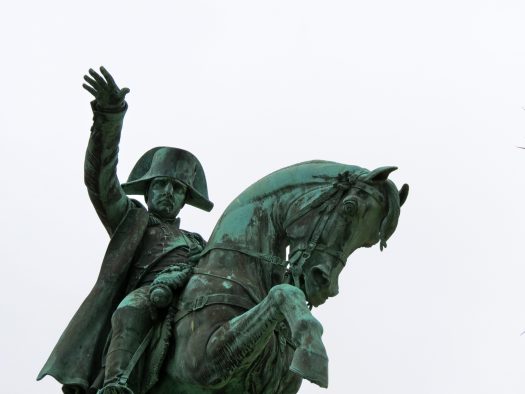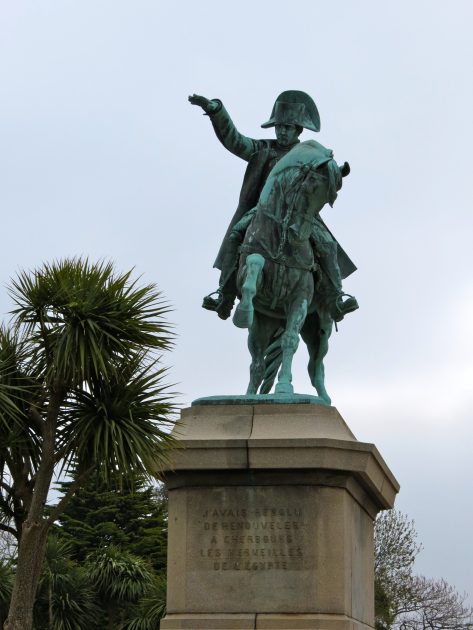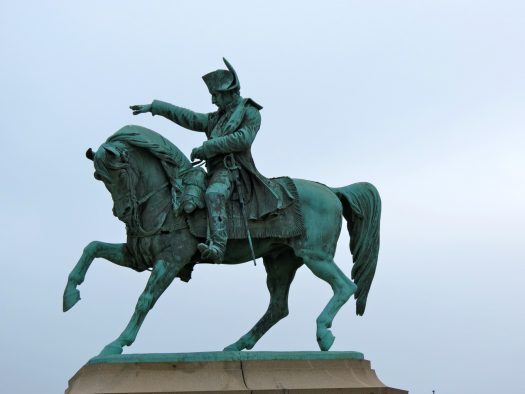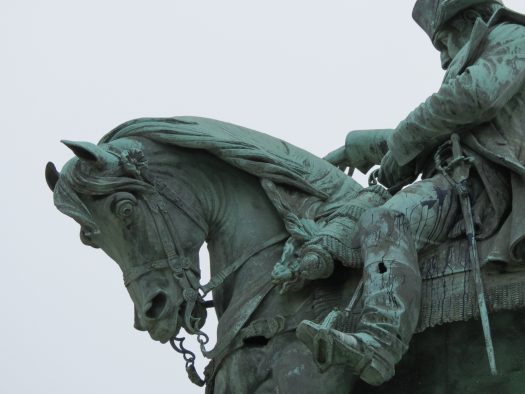- CountryFrance
- Town:Cherbourg Octeville
-
Year of creation:1858
- Rider(s):Napoléon I
(1769–1821), a French military and political leader during the latter stages of the French Revolution, was emperor of the French from 1804 to 1815. His legal reform, the Napoleonic Code, had a significant influence on many civil law jurisdictions worldwide, but he is best remembered for the wars he led against a series of coalitions: the Napoleonic Wars. He established French hegemony over most of continental Europe, and sought to spread the ideals of the French Revolution while consolidating an imperial monarchy. Due to his success in these wars, often against numerically superior enemies, he is widely regarded as one of the greatest military commanders of all time.
The 1812 French invasion of Russia marked a turning point in Napoleon’s fortunes. His Grande Armée was badly damaged in the campaign and never fully recovered. In 1813, the Sixth Coalition defeated Napoleon’s forces at Leipzig. In the following year, the Coalition invaded France, forced Napoleon to abdicate and exiled him to the island of Elba. Less than a year later, he escaped from Elba and returned to power, but was finally defeated at the Battle of Waterloo in June 1815.
Many equestrian statues of Napoleon I, erected during his lifetime, were later pulled down and used as raw materials for other statues, for example the one of Henri IV in Paris. At least six equestrian statues survive, all dating from the second half of the nineteenth century. - Sculptor(s):Le Véel, Armand
(1821–1905) was a French statue sculptor.
In the harbour of Cherbourg-Octeville, where the remains of Napoleon arrived from St Helena in 1840, we find the statue by Armand le Véel. The statue is said to have barely escaped destruction in World War II, since Napoleon points in the direction of England. The work badly needs restoration.
